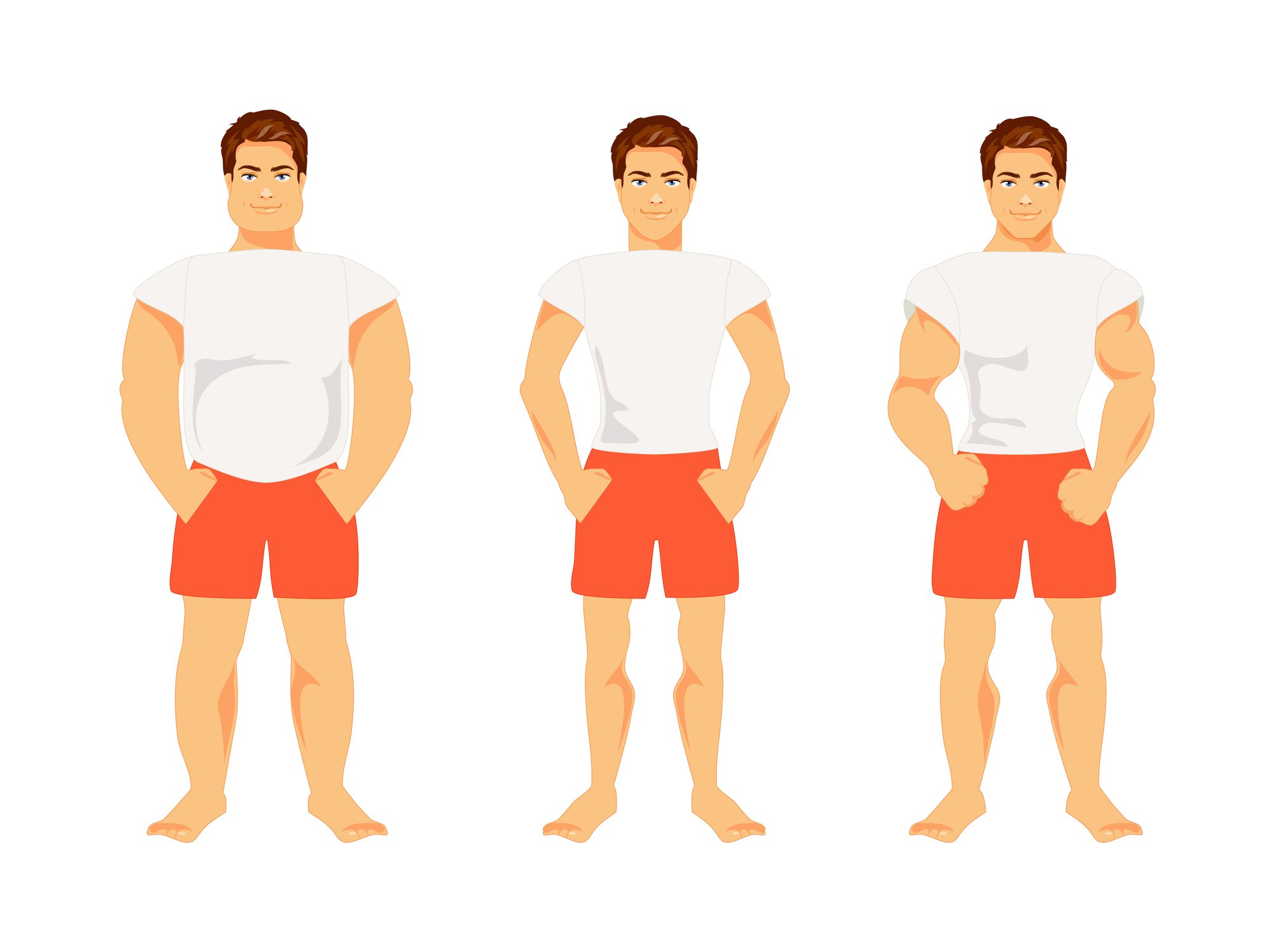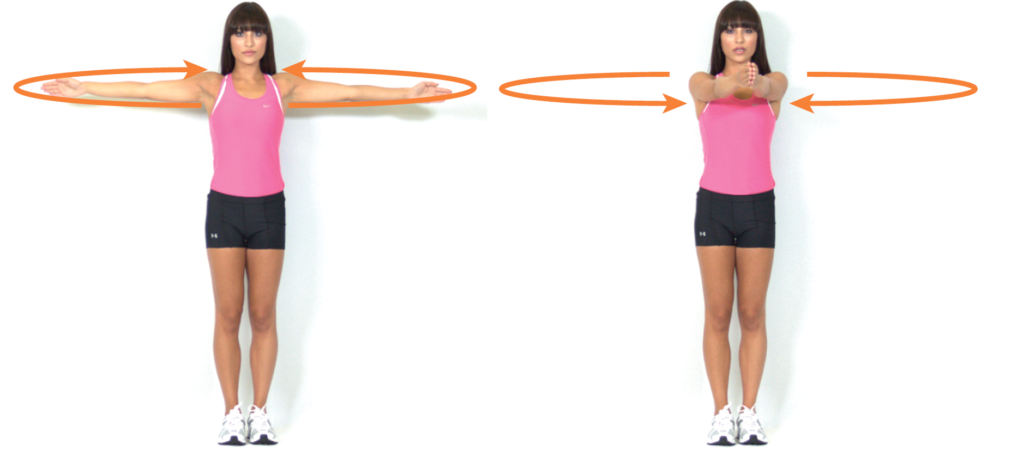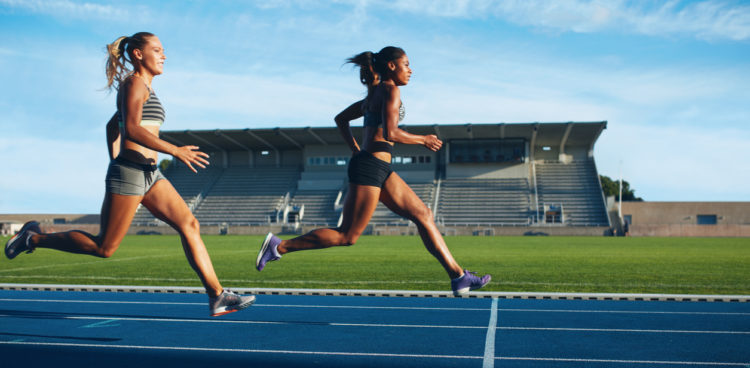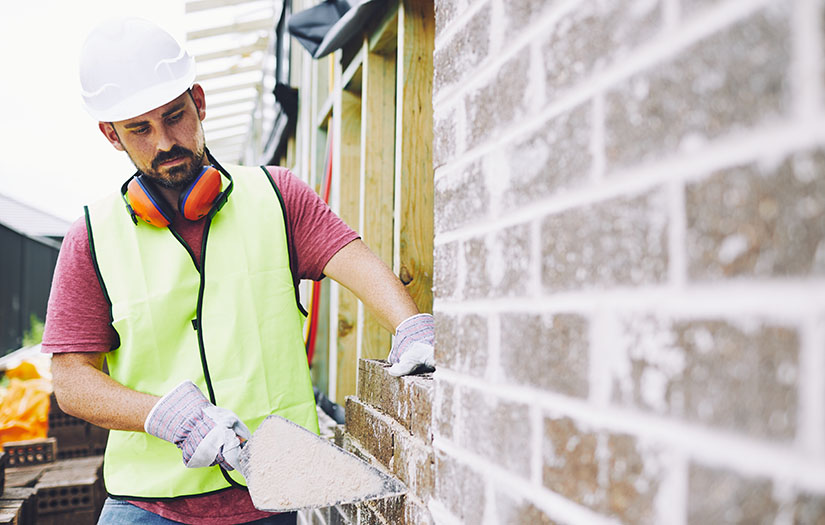Cuando pensamos en ejercicio correctivo, a menudo nos imaginamos el proceso de tratar de corregir un patrón de movimiento menos que óptimo con técnicas de balanceo, alargamiento, activación e integración. Mejorar la calidad del movimiento requiere que un individuo inhiba y alargue los músculos hiperactivos mientras activa y fortalece los músculos hipoactivos.
Luego, el individuo lo remata con patrones de movimiento integrados (es decir, "ejercicio") para volver a aprender el nuevo patrón. Sin embargo, cualquier corrección neuromusculoesquelética debe, ante todo, incluir tejidos sanos y una mentalidad sana. Como veremos aquÃ, dos componentes principales de cualquier programa correctivo concluyente son la recuperación y el sueño.
Recuperación
A vital component to improving how a client feels and functions is optimal recovery strategies. “Recovery†is one of the many words in our industry with several meanings. To some, it may be the time directly after a training session, while others may see it as the time spent not in the weight room. Recovery can apply to both. It is defined as an “inter- and intraindividual multilevel process for the re-establishment of personal resources and their full functional capacity†(Kellmann & Beckman, 2018, p. 5).
Además, esta definición pretende que la recuperación es multidimensional en el sentido de que puede requerir muchas técnicas (p. Ej., Rodillo de espuma, compresión, cámara de oxÃgeno, etc.) e incluso el uso de otras personas (p. Ej., Masajistas; fisioterapeutas; preparador fÃsico, etc.) .). El objetivo de cualquier estrategia de recuperación es reducir la cantidad de tiempo que le toma al cuerpo volver a la lÃnea de base o mejorar. Por lo tanto, la recuperación no debe verse simplemente como un método para eliminar el dolor per se, sino como una estrategia planificada para optimizar el tiempo entre los perÃodos de entrenamiento para volver más fuerte que cuando comenzó.
Recovery can be passive or active. Passive recovery requires little active involvement from the beneficiary, such as massage (Dupuy, Douzi, Theurot, Bosquet, & Dugué, 2018). Conversely, an active recovery includes foam rolling, stretching, or exercise designed to facilitate tissue repair and normalization of mindset.
A vital component of any recovery strategy is that it should be a time planned for engaging in specific procedures. For example, reserve 10-15 minutes to foam roll and stretch after all training sessions. A quick note on rolling post-exercise, to facilitate recovery, roll the muscles that performed the most work. For example, on ‘leg day,’ plan to roll the prime movers, such as the calves, quadriceps, and glutes at a minimum. Employ a continuous, slow-rolling strategy – up and down the length of the muscle – to help reduce soreness. It is important to note that this does not eliminate pain but appears to speed up the recovery process (Macdonald, Button, Drinkwater, & Behm, 2014). Further, this technique may deviate from the ‘rolling short and overactive muscles all time’ we are accustomed to following. Still, if the goal is to optimize recovery, the continuous rolling should be emphasized after training.
Lastly, regarding recovery, it is crucial to understand and integrate the role of movement. Contracting muscles are the body’s natural, mechanical methods to flushing out metabolic byproduct, which plays a role in speeding up recovery. Planning simple movement sessions between high-intensity sessions is a great way to program to optimize recovery. One of the best ways to reduce soreness between exercise sessions is through low-intensity exercise (Cheung, Hume, & Maxwell, 2003). The authors stated that such activity should be natural and rhythmic total body movements that engage muscles and serve to engage and move fluids throughout the body effectively. The actions should be familiar as not to impose any novel challenge, which may increase the chances of delayed onset muscle soreness. Such a program may look a lot like a Corrective Exercise routine, including foam rolling, static, or neuromuscular stretching, followed by total body movements (integrated exercises).
Dormir
Optimal recovery requires a favorite activity among many young humans, sleep. Many motivational speakers and entrepreneurs seem to brag about forgoing sleep to get ahead of the competition. However, noted neuroscientist Dr. Walker had been quoted as saying, “sleep is probably the greatest legal performance-enhancing drug that few are abusing enough†(Gatto, 2019, para. 1). Tennis superstar Roger Federer reportedly sleeps an average of 12-hours per night (Gatto, 2019). The fact is, it is IMPOSSIBLE to perform, recover, and grow without adequate sleep. Everything in the body (soft tissues, neural tissues – including brain and CNS) must recover after intense training. Numerous studies have indicated that people require proper sleep for optimal cognitive, motor, and physiological functions (Morris, Aeschbach, & Scheer, 2012).
El cuerpo libera hormonas que son vitales para la recuperación nocturna. Uno, en particular, es la hormona del crecimiento humano (HGH). Morris y col. (2012) han indicado que investigadores anteriores han encontrado un "aumento repentino de la hormona del crecimiento" que se produce aproximadamente cada dos horas durante el sueño prolongado. La hormona del crecimiento actúa en muchos tejidos para ayudar a promover la curación, la recuperación y el crecimiento, pero también ayuda a aumentar otras hormonas vitales para la recuperación, como el factor de crecimiento similar a la insulina (IGF-1).
El sueño adecuado también influye en la respuesta del cuerpo al estrés y la nutrición. En un estudio, se demostró que los hombres privados de sueño tenÃan alteraciones del metabolismo de la glucosa, disminución de la testosterona y aumento del cortisol vespertino (Reynolds et al., 2012). Además, la alteración de la glucosa fue más notable a través de una respuesta disminuida después del desayuno, lo que potencialmente reduce los efectos óptimos de los nutrientes ingeridos. Ya sabes lo que dicen, el desayuno es la comida más importante del dÃa, a menos que estés practicando el ayuno intermitente, por supuesto. Los autores concluyeron que si el perfil de hormonas privadas de sueño ocurre repetidamente, podrÃa aumentar el riesgo de diabetes tipo 2. Todos estos factores podrÃan afectar la recuperación, ya que indicaron una respuesta hormonal deteriorada durante el dÃa.
Lastly, proper sleep is vital to making decisions that may directly promote optimal recovery – through nutrition. Researchers found that men and women deprived of sleep were much more likely to make poor nutrition choices (Greer, Goldstein, & Walker, 2013). The participants in the study showed a much stronger neuronal response to “junk†food when they were sleep-deprived. The effect is believed to be due to a decrease in executive function (i.e., the inability to make the correct but often more difficult nutrition decision). Poor sleep is not a one-time event, as it can easily negatively influence daily decisions. Given the importance of nutrition on recovery, a sleep-deprived diet is not likely one that optimizes tissue healing or any performance.
Conclusión
Ejercicio correctivo es un proceso multidimensional y multimodal que requiere mucho más que patrones de movimiento saludables. Para corregir realmente una disfunción, es necesario adoptar otros hábitos saludables. La integración de estrategias de recuperación probadas y el énfasis en el sueño de alta calidad son dos hábitos saludables que podrÃan ser el eslabón perdido de un programa correctivo en dificultades.
Referencias
Cheung, K., Hume, P., & Maxwell, L. (2003). Delayed onset muscle soreness: treatment strategies and performance factors. Medicina deportiva (Auckland, N.Z.), 33(2), 145-164. doi: 10.2165 / 00007256-200333020-00005
Dupuy, O., Douzi, W., Theurot, D., Bosquet, L., & Dugué, B. (2018). An evidence-based approach for choosing post-exercise recovery techniques to reduce markers of muscle damage, soreness, fatigue, and inflammation: A systematic review with meta-analysis. Fronteras en fisiologÃa, 9, 403. doi: 10.3389 / fphys.2018.00403
Gatto, L. (2019). Roger Federer duerme 12 horas al dÃa, dice un neurocientÃfico. Obtenido de https://www.tennisworldusa.org/tennis/news/Roger_Federer/73246/roger-federer-sleeps-12-hours-a-day-says-neuroscientist/
Greer, S. M., Goldstein, A. N., & Walker, M. P. (2013). The impact of sleep deprivation on food desire in the human brain. Comunicaciones de la naturaleza, 4, 2259. https://doi.org/10.1038/ncomms3259
Kellmann, M., & Beckman, J. (Eds.). (2018). Deporte, recuperación y rendimiento en deportistas. Abingdon, Reino Unido: Routledge.
Macdonald, G. Z., Button, D. C., Drinkwater, E. J., & Behm, D. G. (2014). Foam rolling as a recovery tool after an intense bout of physical activity. Medicina y ciencia en deportes y ejercicio, 46(1), 131-142. doi: 10.1249 / MSS.0b013e3182a123db
Reynolds, A. C., Dorrian, J., Liu, P. Y., Van Dongen, H. P. A., Wittert, G. A., Harmer, L. J., & Banks, S. (2012). Impact of five nights of sleep restriction on glucose metabolism, leptin and testosterone in young adult men. Más uno, 7(7), e41218. https://doi.org/10.1371/journal.pone.0041218
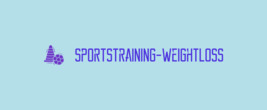

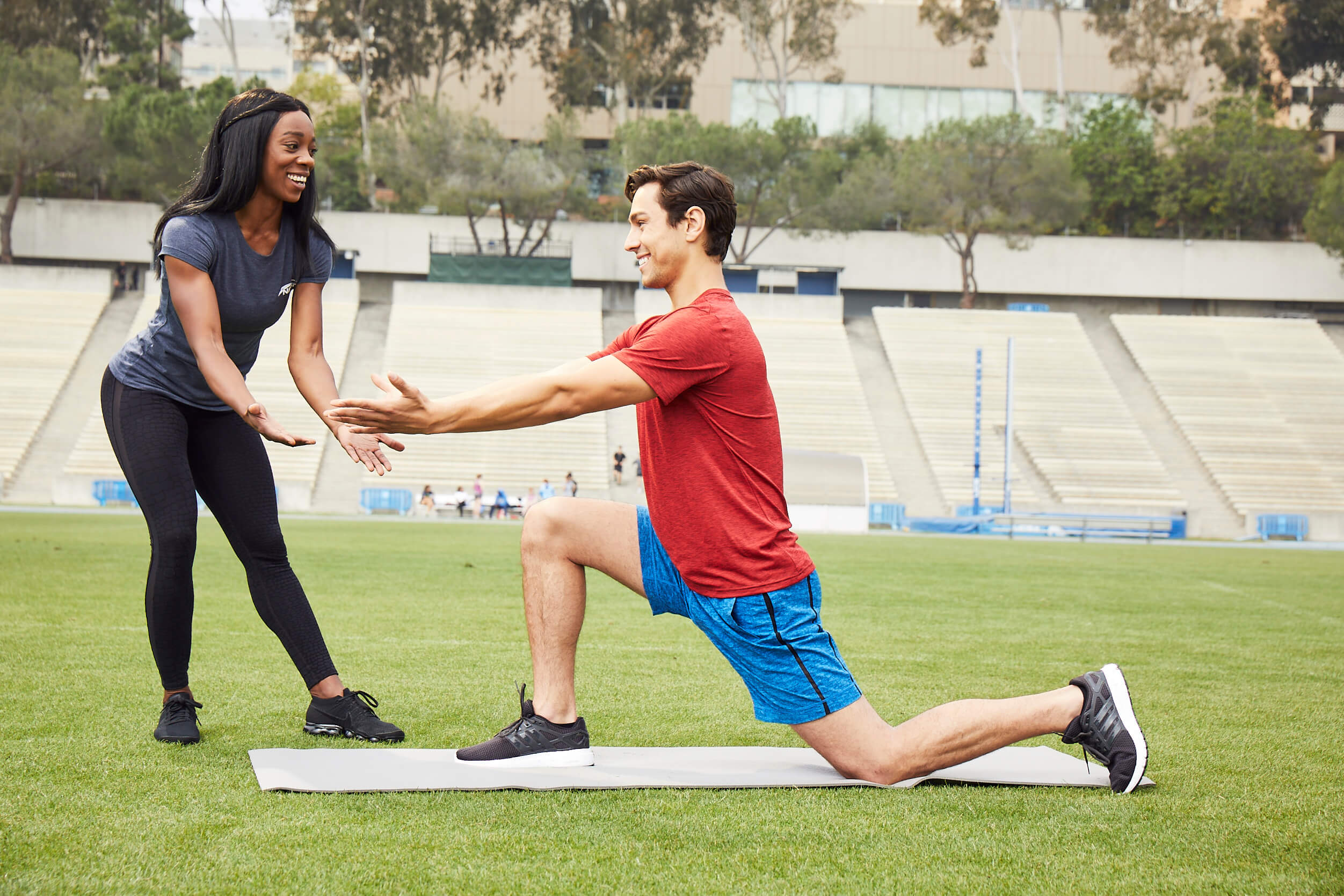
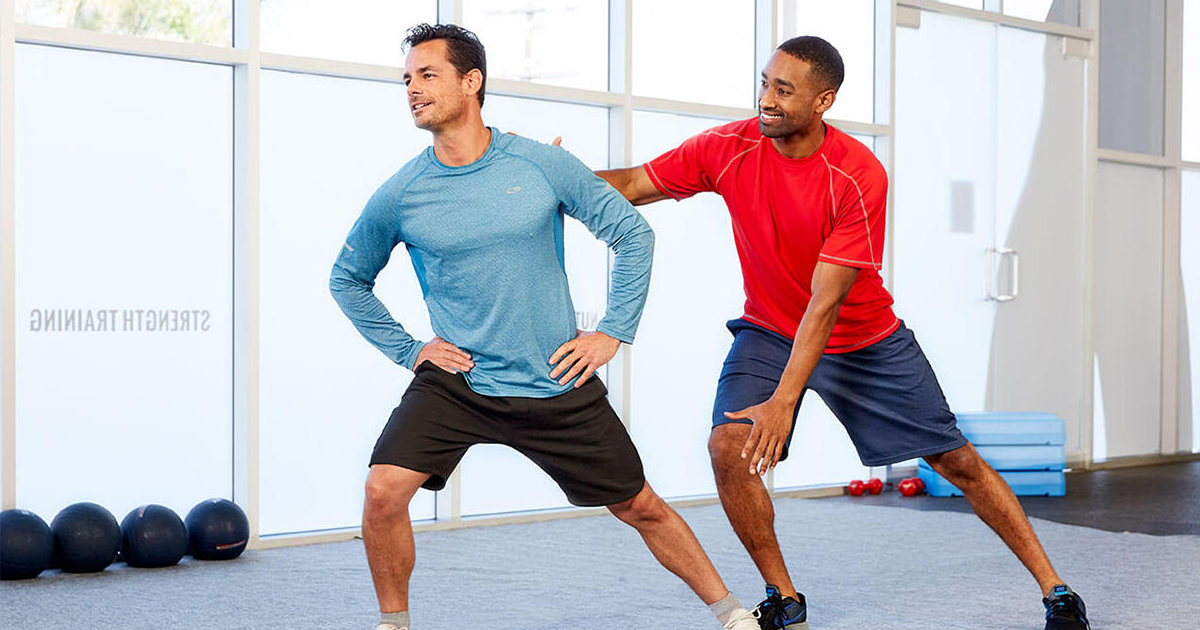
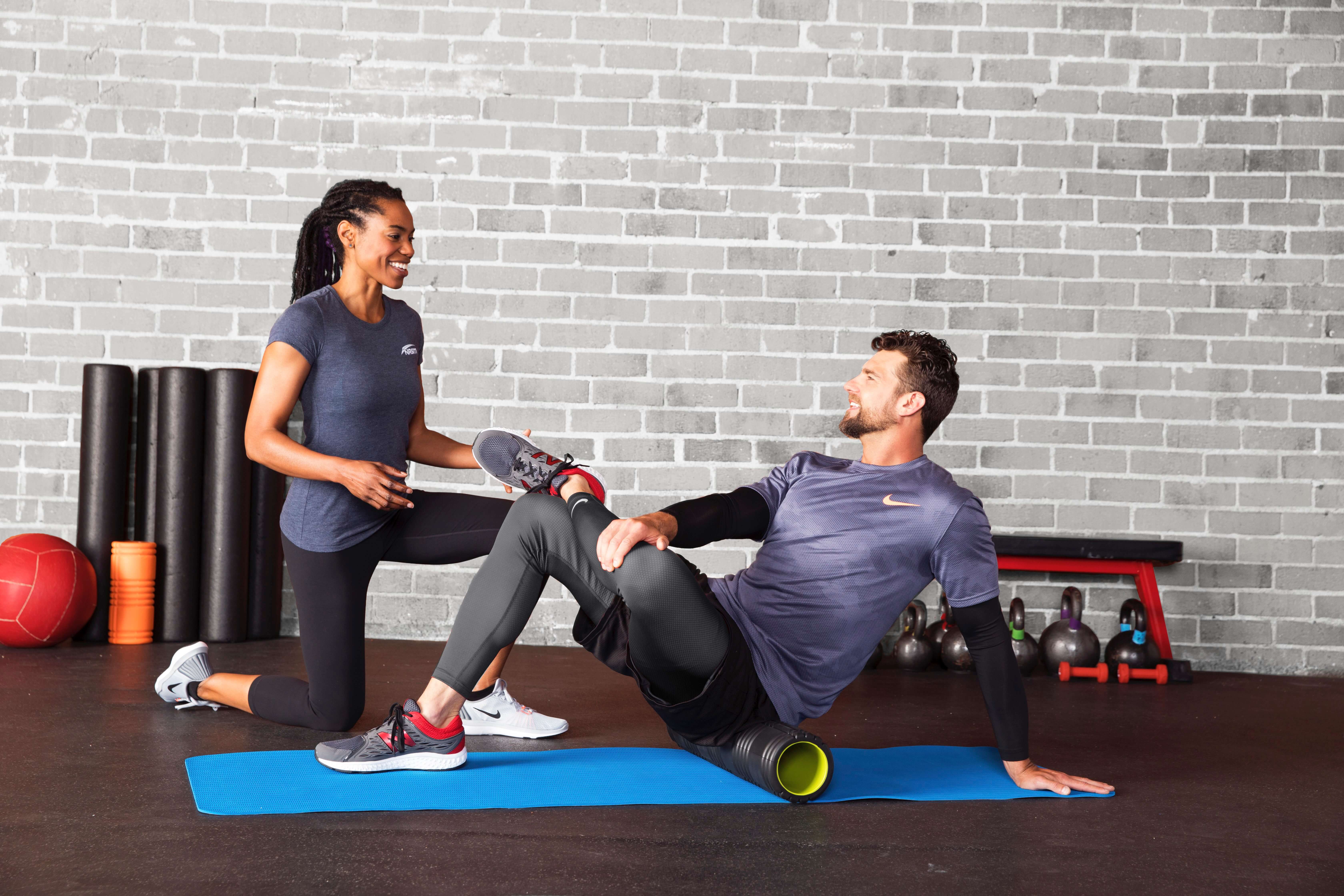

.jpg?width=330&name=Optima%20Ads_blog3%20(1).jpg)
